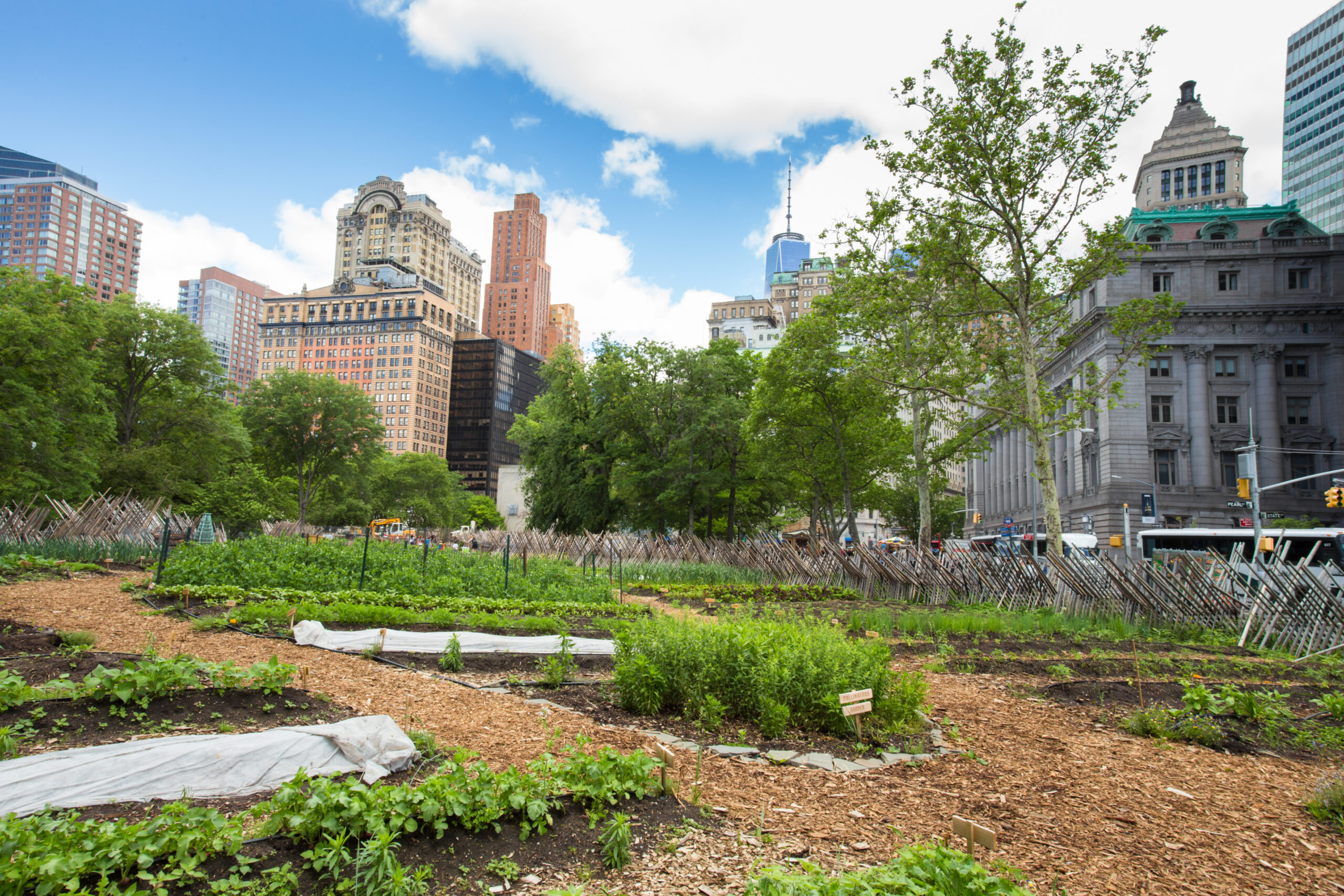Some Ideas on City Blooming You Need To Know
Some Ideas on City Blooming You Need To Know
Blog Article
Unknown Facts About City Blooming
Table of Contents9 Easy Facts About City Blooming DescribedWhat Does City Blooming Do?Rumored Buzz on City Blooming6 Simple Techniques For City BloomingThe Definitive Guide for City Blooming
Interested in growing food available in the City of Chicago? Considering starting a community yard? Adjustments to the Chicago Zoning Regulation permit farming usages like neighborhood gardens and metropolitan ranches in lots of parts of the city. Below is a list of regularly asked concerns regarding the policies and regulations that farmers must think about when planning a metropolitan farming job.
The zoning amendment does not modify any type of various other codes dealing with composting, structure permits, buying or leasing City had building, company licenses or ecological contamination. There are existing codes that manage these issues and they continue to be in full effect and might be appropriate to your job. Neighborhood yards are usually owned or taken care of by public entities, civic organizations or community-based companies and maintained by volunteers.
Urban farms grow food that is intended to be marketed, either on a not-for-profit or for-profit basis. Due to their business objective, urban farms need an organization certificate. Yes. An area yard is permitted to offer surplus create that was expanded on website if the sales are accessory or subservient to the yard's primary function explained over.
The Basic Principles Of City Blooming
Composting is enabled but just for plant product that is created and made use of on website. The quantity of garden compost material can not surpass 25 cubic yards at any type of given time according to the criteria in 7-28-715 of the City's Municipal Code. Yes. Due to the fact that the soil at many brand-new garden websites needs amending, compost, dirt, wood chips, or other products can be obtained to create or enhance the expanding area - sustainability.

If a building license is required after that the hoophouse will certainly be considered an accessory structure. You can discover more about the structure license needs by calling the Department of Structures. The 25,000-square-foot size limit is intended to stop a single area yard from controling a given block or interfering with the block's existing residential or business personality.
The restriction does not apply to gardens situated in Public Open Area (POS) areas. Can there be even more than one area yard that is 25,000 square feet on a solitary block? Secure fencing is not needed, nonetheless, yards that have big car parking locations might be needed to set up fencing or other landscaping attributes.
The Only Guide to City Blooming
B1 & B2 areas call for that all business use tasks be conducted inside. R districts limit industrial activity. The laws mirror the objective and intent of the Zoning Code. Is secure fencing required for metropolitan ranches? Yes. Fences may be needed, in addition to landscape design and screening, for specific vehicle parking areas and outside work or storage space locations depending on area and the certain task taking location.
Urban farms require structure licenses and zoning authorizations prior to building (eco-friendly practices). Various other kinds of city review might be needed depending on specific frameworks, activities, size, landscape design, licensing, public heath and stormwater administration issues.
Yes. The kind of permit is figured out by what is taking place at the website. The Division of Company Matters and Customer Protection can aid figure out the certain type of service license that's required. Yes. Off road car park is needed for a lot of commercial jobs in Chicago. The called for number of garage is based on the number of staff members servicing site and not the square video of the growing area.
5 Easy Facts About City Blooming Described

A city ranch can market garden compost product created on website, nonetheless, the procedure must comply with the regulations in 7-28-715 of the Chicago Municipal Code. Aquaponic systems are permitted inside your home on metropolitan farms in many zoning districts.
Up to 5 hives or colonies of honey bees might be maintained as an accessory use. Beekeepers have to sign up with the Illinois Division of Agriculture. To learn more concerning the suggested zoning amendment you may contact the Division of Real Estate and Economic Growth, Bureau of Planning and Zoning at 312.744.8563.
Farming in cities and metropolitan areas A metropolitan ranch in Chicago. Urban farming describes numerous practices of growing. https://www.metal-archives.com/users/cityblooming, processing, and distributing food in metropolitan areas. The term likewise applies to click to read the area tasks of pet husbandry, tank farming, beekeeping, and horticulture in an urban context. Urban agriculture is identified from peri-urban farming, which happens in backwoods beside residential areas.
An Unbiased View of City Blooming
, who look for to form social networks started on a shared principles of nature and community holism. These networks can establish by way of formal institutional support, becoming integrated into local town planning as a "transition town" movement for lasting metropolitan development.
In either instance, the more direct accessibility to fresh veggie, fruit, and meat products that might be realised with city agriculture can enhance food security and food security while lowering food miles, resulting in reduced greenhouse gas discharges, therefore adding to environment change reduction. Some of the first proof of metropolitan farming originates from Mesopotamia.
Report this page